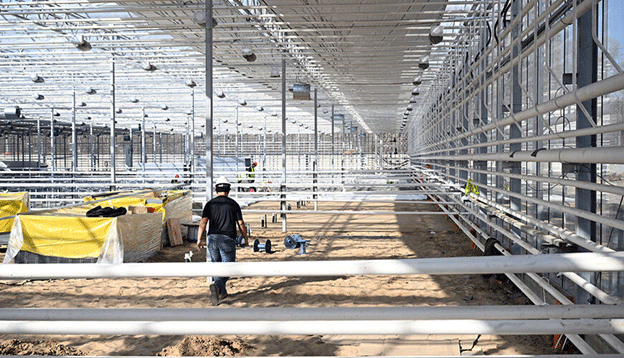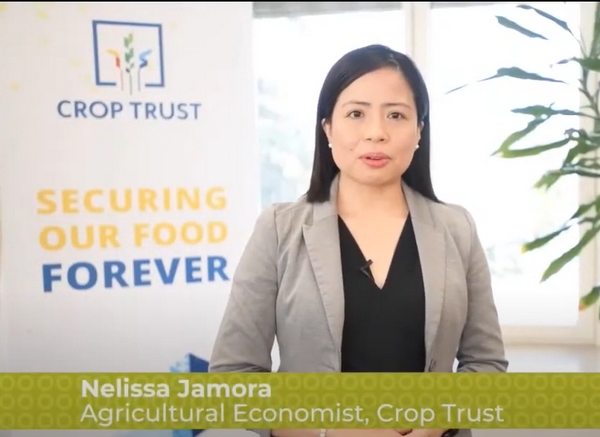A major step forward in urban horticulture is underway in Kazan, Russia, where a high-tech greenhouse complex is being completed to produce 2.5 million flowers per year—2.5 times more than the city’s aging facilities. With 11,500 square meters of climate-controlled space, this modern complex will play a central role in greening the cityscape while optimizing production with automation.
In late spring 2025, Kazan will open the doors to its newest and most advanced greenhouse complex, located on Daur Street, aimed at transforming the city’s urban landscaping efforts. The new site, managed by municipal enterprise Gorvodzelenkhoz, will produce 2.5 million flowers annually, significantly surpassing the one million flowers grown in the aging greenhouses on Khadi Taktash Street, which date back to the 1980s.
The 11,500 m² facility will grow up to 35 varieties of plants, including petunias, salvias, tulips, and carnations—some of the most popular and durable choices for public floral displays. The goal is not just aesthetic enhancement but also more efficient, climate-resilient greening of the city’s parks, roads, and public spaces.
Modern Technology for Efficient Urban Horticulture
What makes this new greenhouse complex stand out is its integration of smart farming technologies:
- Automated irrigation systems tailored to each flower type
- Automated ventilation to maintain optimal climate conditions
- Minimized manual labor, allowing for streamlined operations and better cost control
According to the International Association of Horticultural Producers (AIPH), modern greenhouse automation can reduce water use by 30–50%, cut labor costs by up to 40%, and improve plant quality due to more consistent growth conditions. These benefits will be vital in a city like Kazan, which is experiencing longer, hotter summers and shorter transition seasons, placing new demands on urban greening schedules.
Economic and Ecological Benefits
Funded entirely by the municipal budget, the project is not just a beautification effort—it’s a strategic investment. Producing flower seedlings locally reduces reliance on external suppliers, cuts transport emissions, and allows for better seasonal planning. According to Kazan’s mayor Ilsur Metshin, the ability to sow seeds in January 2026 and begin tulip bulb planting as early as autumn 2025 will ensure timely and efficient seasonal planting across the city.
Municipal greenhouse production also supports:
- Job creation in urban horticulture and landscape maintenance
- Biodiversity and pollinator support, with diverse plantings across urban zones
- Improved urban microclimates through vegetation, which can reduce surface temperatures and air pollution
A Model for Other Cities
As more urban centers in Russia and globally pursue sustainable greening strategies, Kazan’s investment sets an example. The move from outdated infrastructure to climate-smart, automated greenhouses aligns with global trends in urban agriculture and public space management. In a post-pandemic world where public green spaces are increasingly valued, such projects offer both environmental and social returns.
Kazan’s new greenhouse complex represents more than an increase in flower production—it’s a leap toward sustainable urban horticulture. With automation, improved production capacity, and strategic timing, the city is poised to become a regional leader in municipal greening. For other cities looking to modernize their urban plant production, Kazan’s approach offers a blooming blueprint for success.












